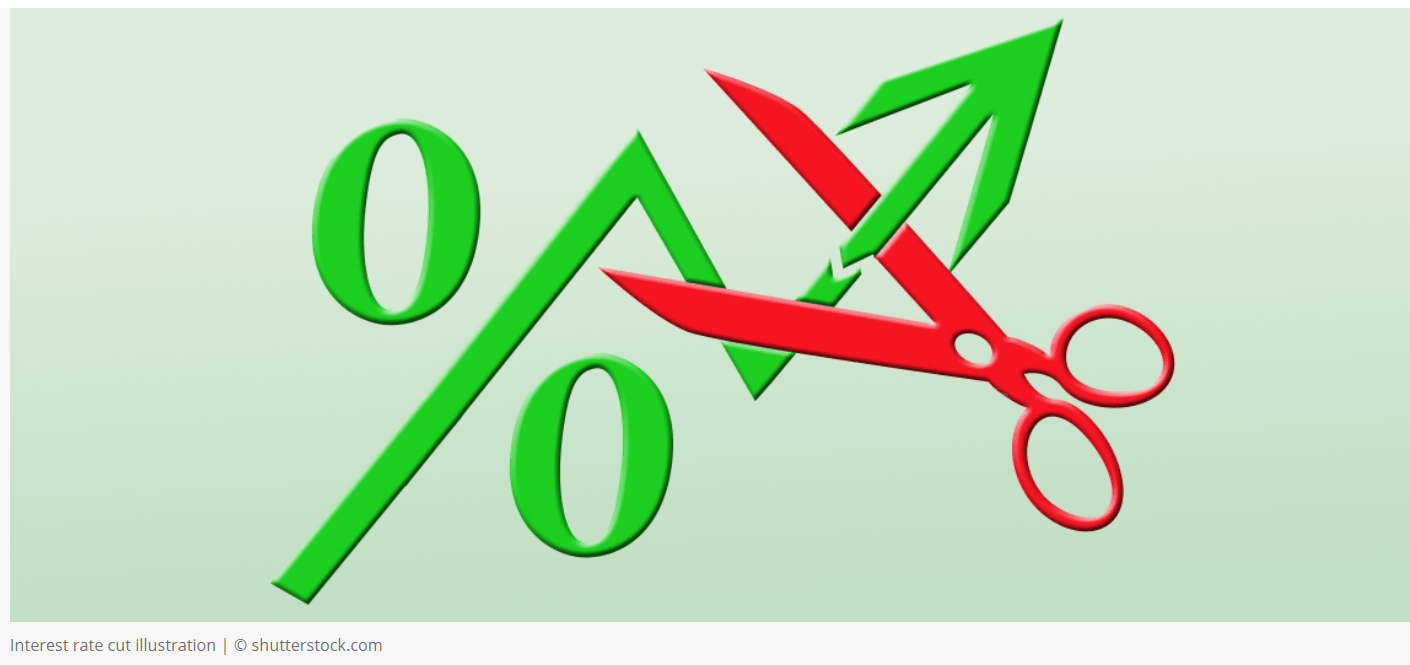How Countries Can Diversify Their Exports
By looking beyond commodities, the research shows that economy-wide policies such as governance and education help foster diverse exports more than narrowly targeted industrial policies, a finding that can better guide nations aiming to expand their international trade.
The examination of 201 countries and territories goes beyond the economic complexity indices that have traditionally been used by economists. Those proxies for the productive capability of a given economic system have strong sensitivity to commodities, which can distort their accuracy.




![[Infographics] Financial Performance Summary of Selected Companies in Nigeria (2020)](https://giftedanalysts.com/wp-content/uploads/2021/04/MTNN-scaled.jpg)




